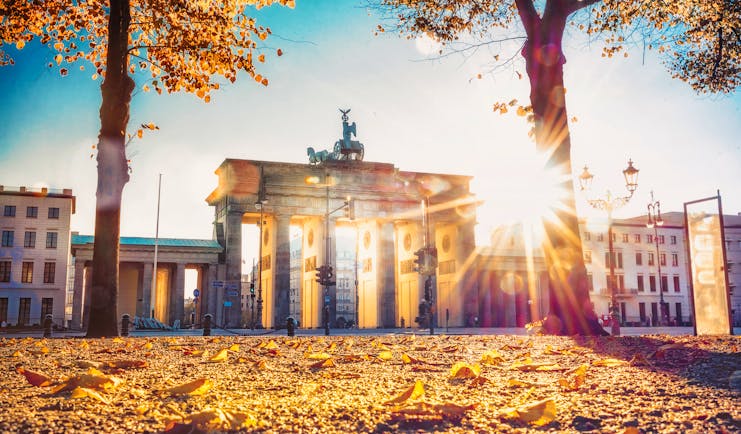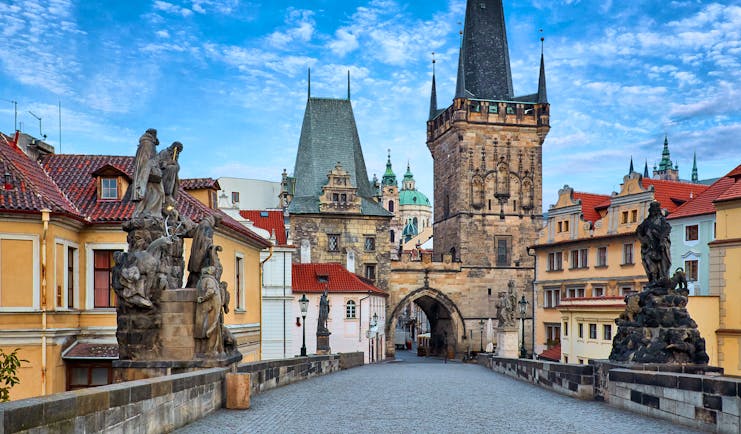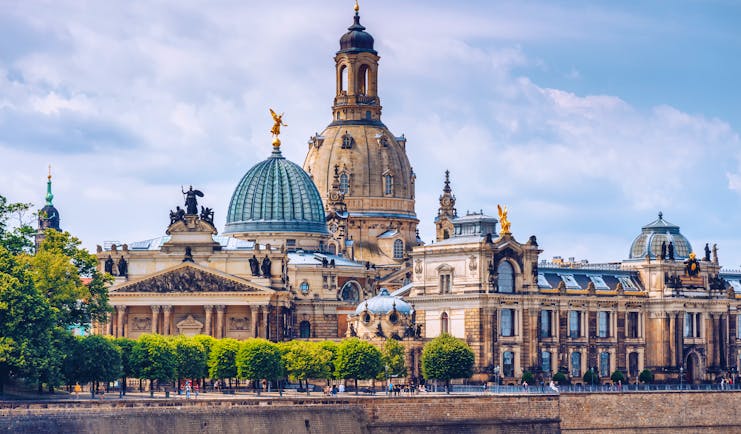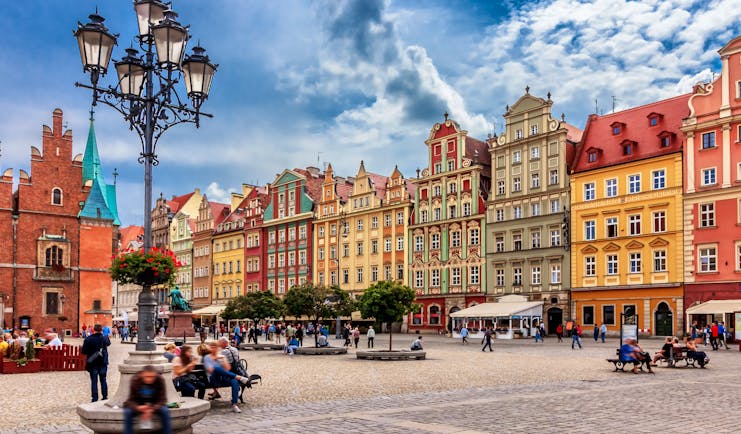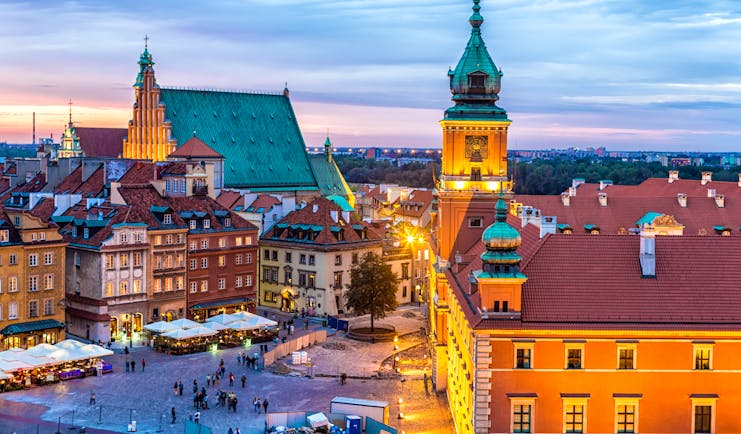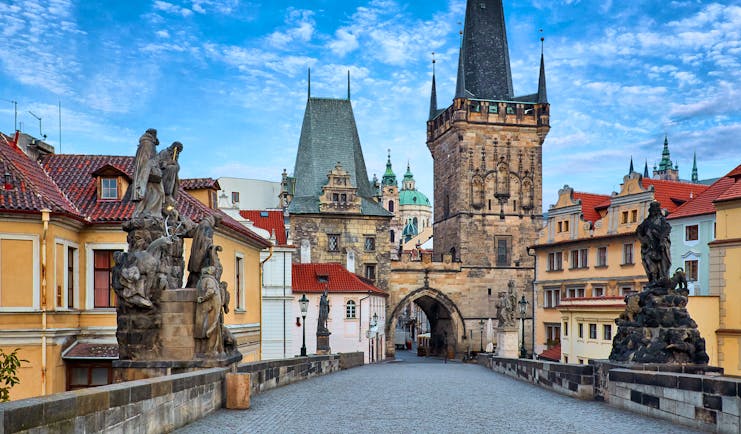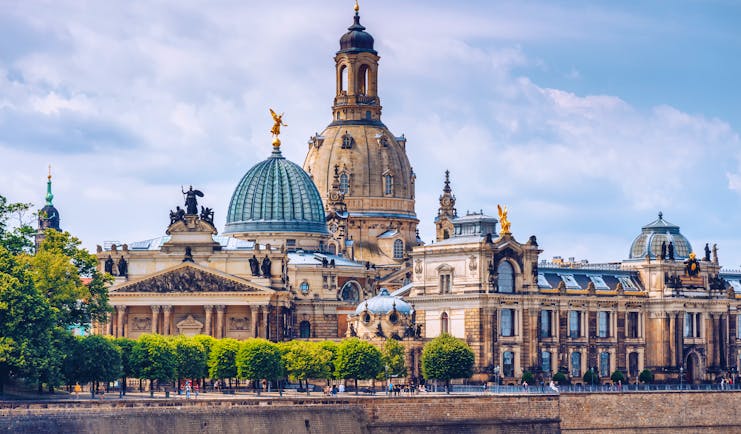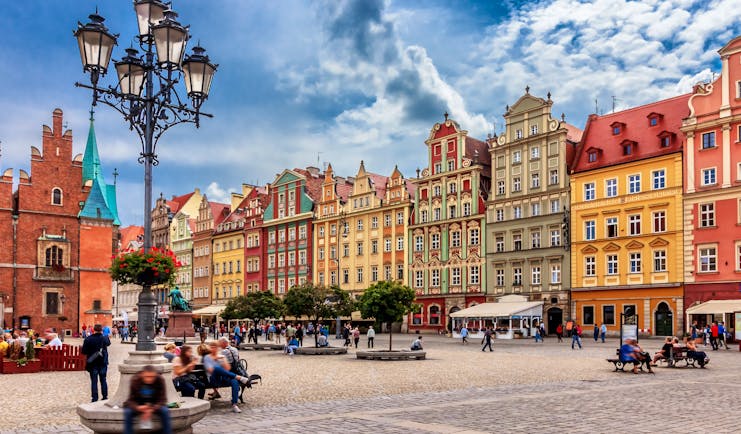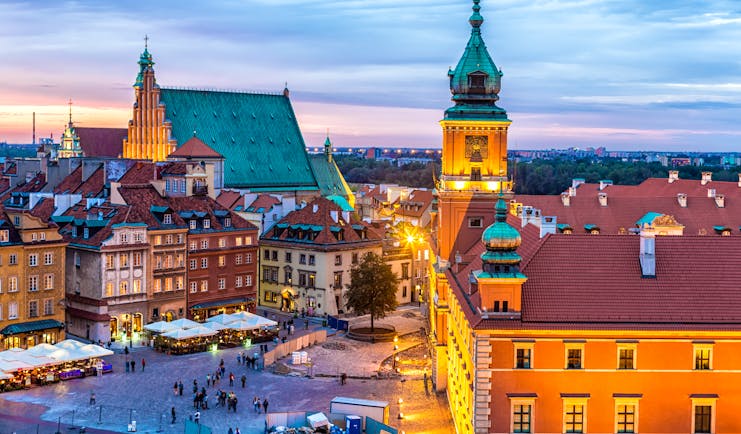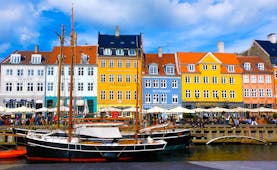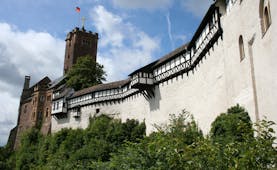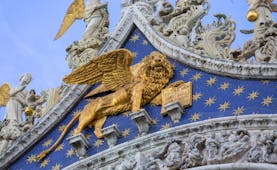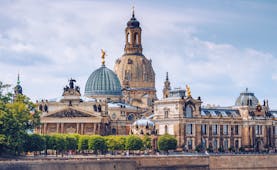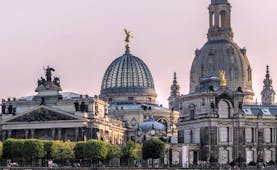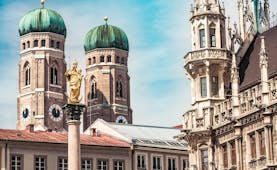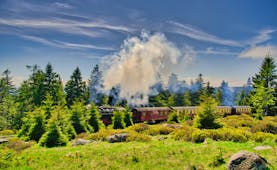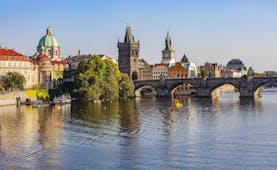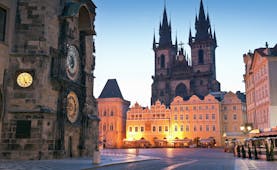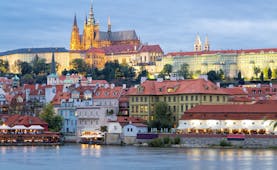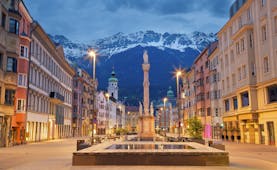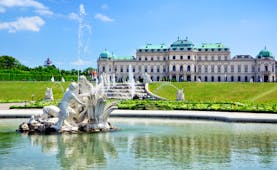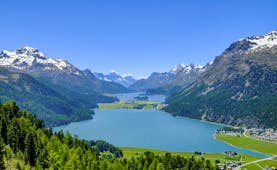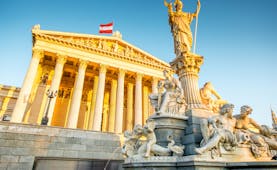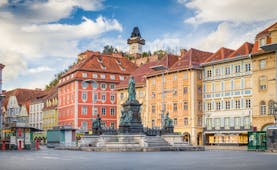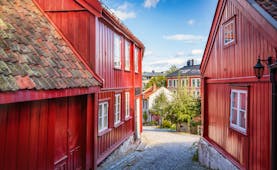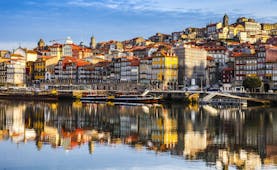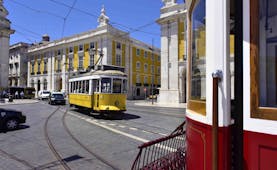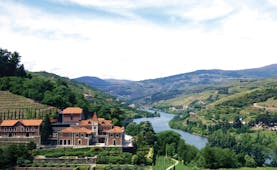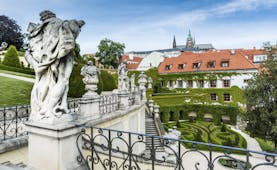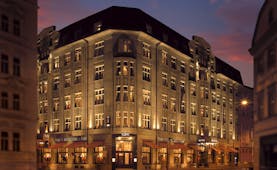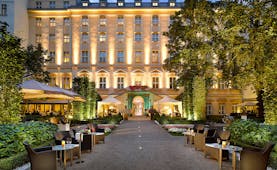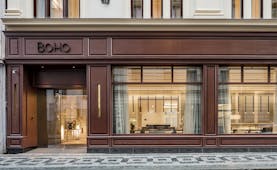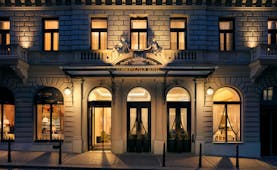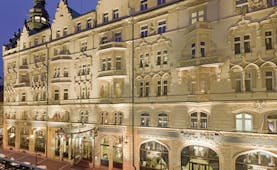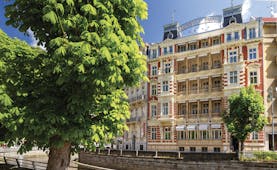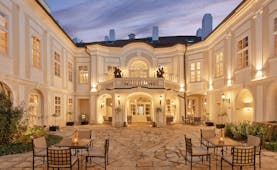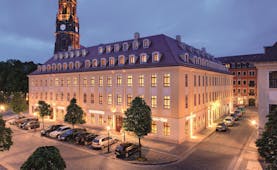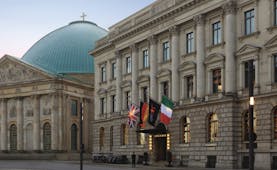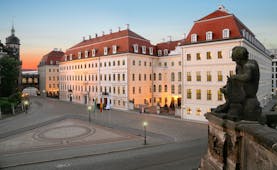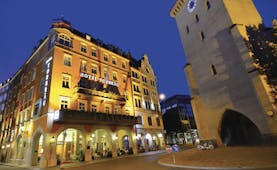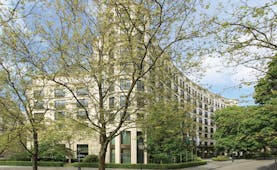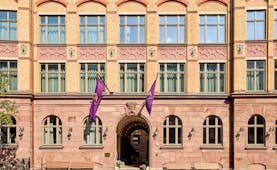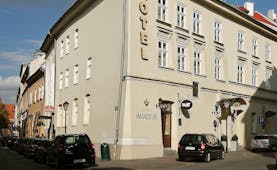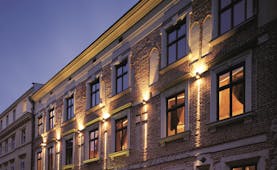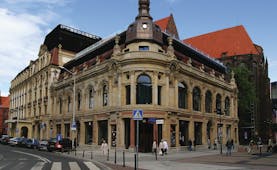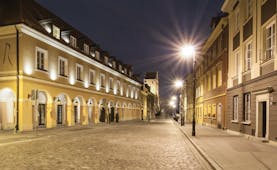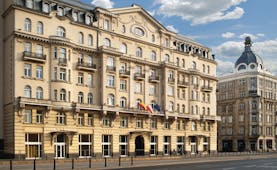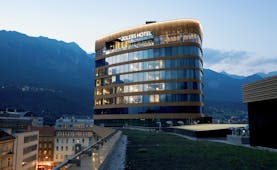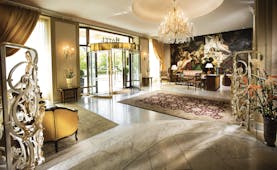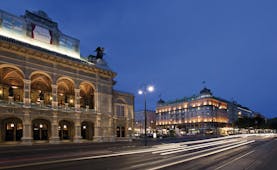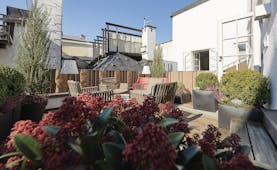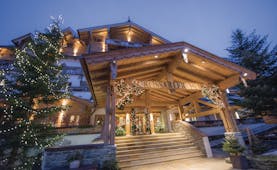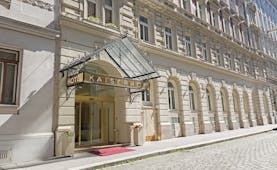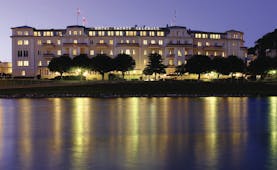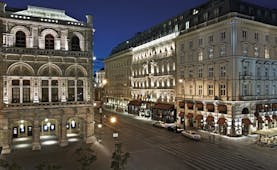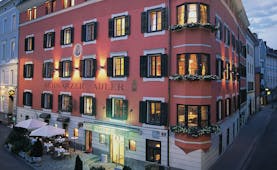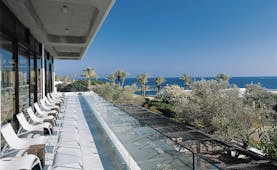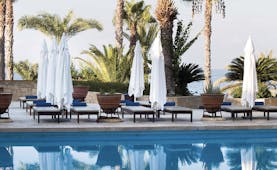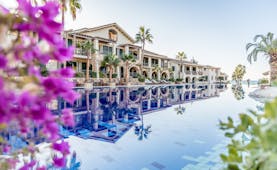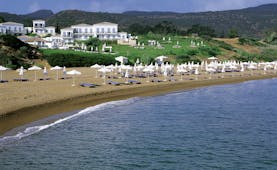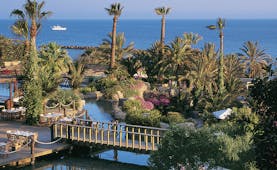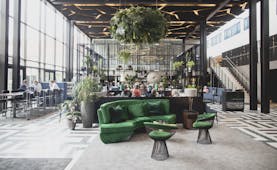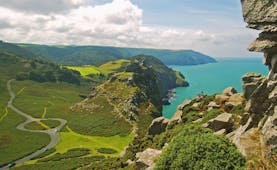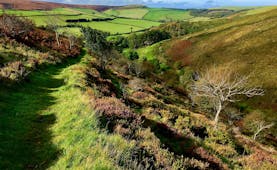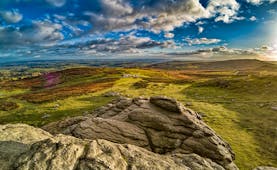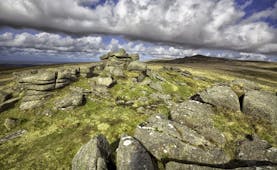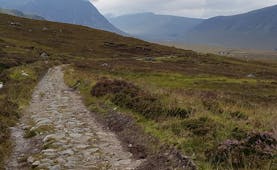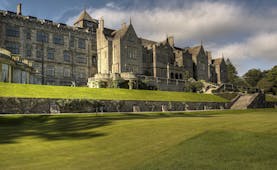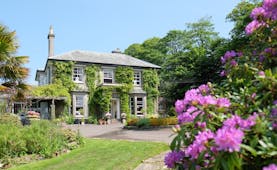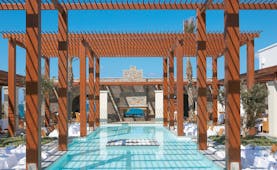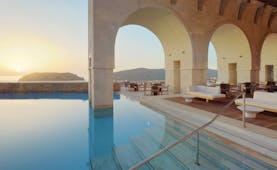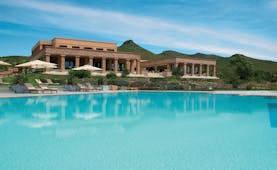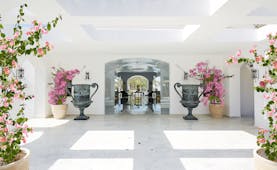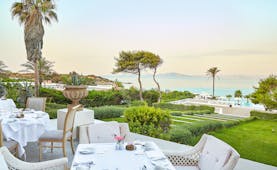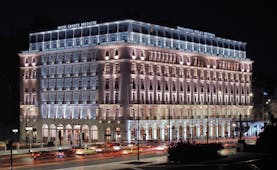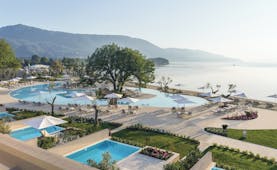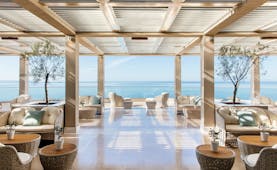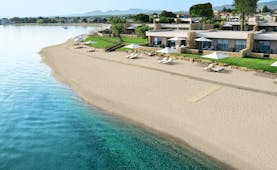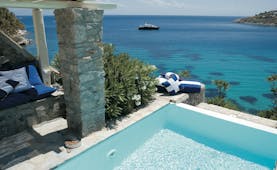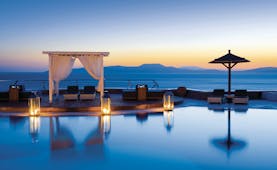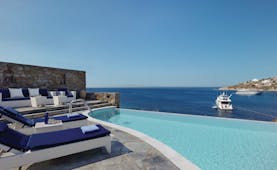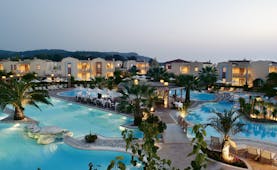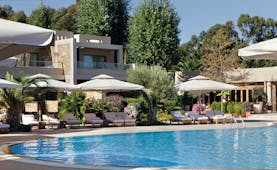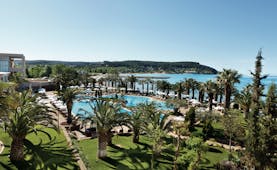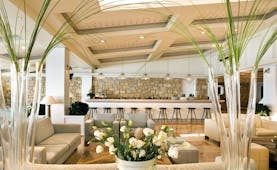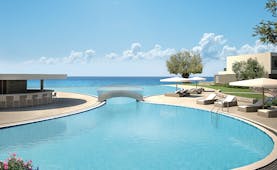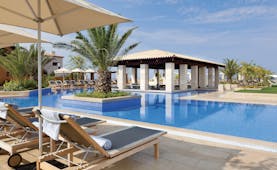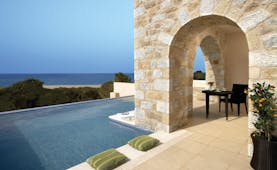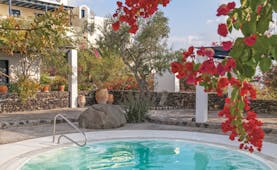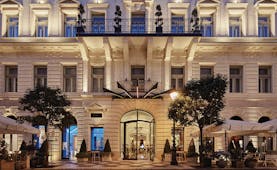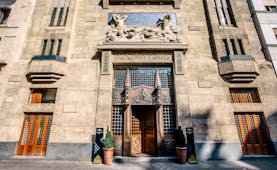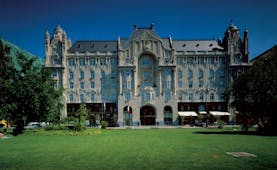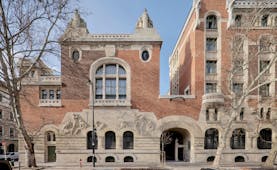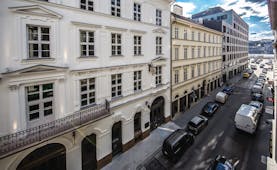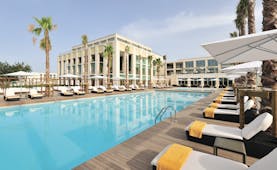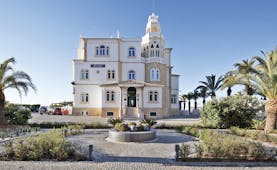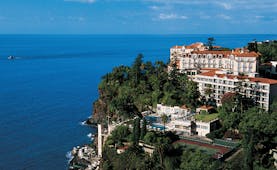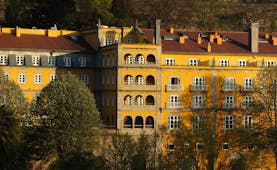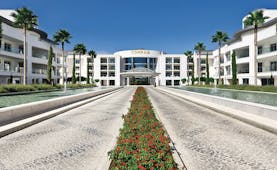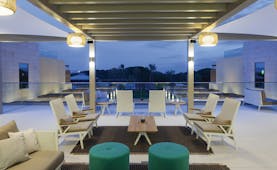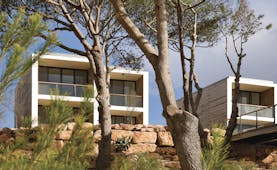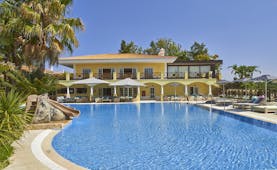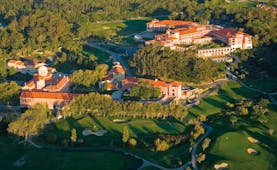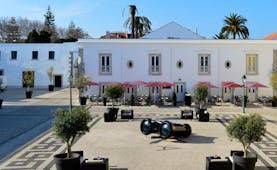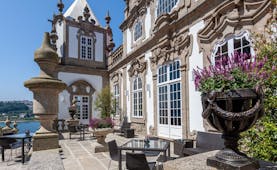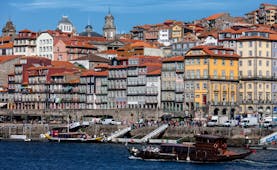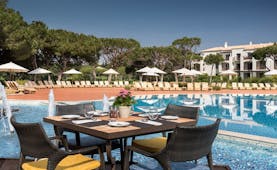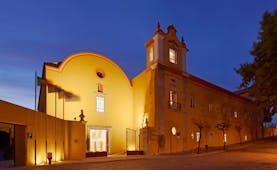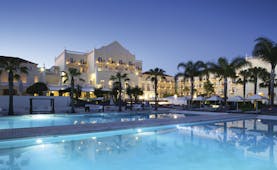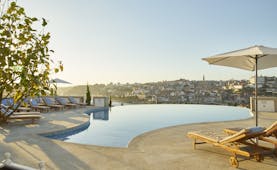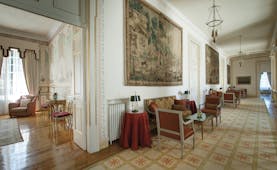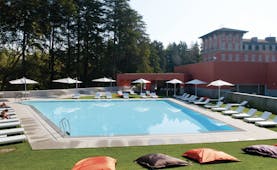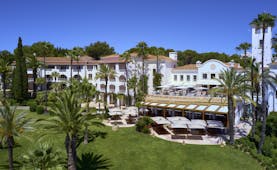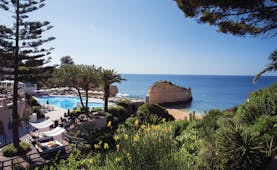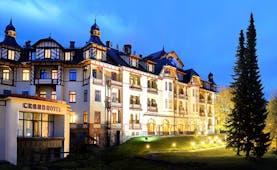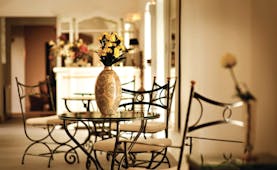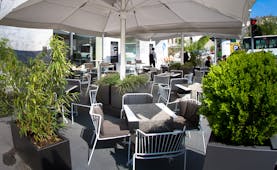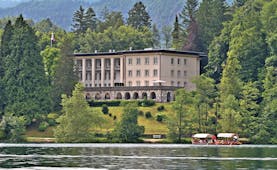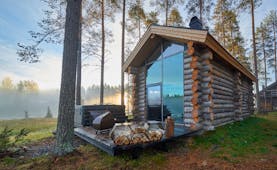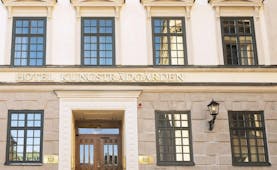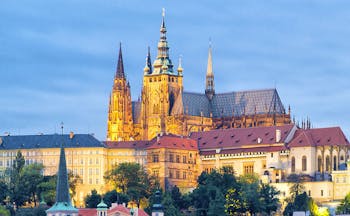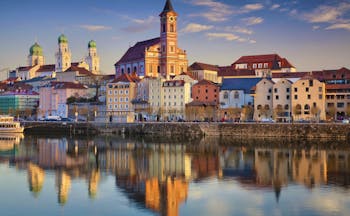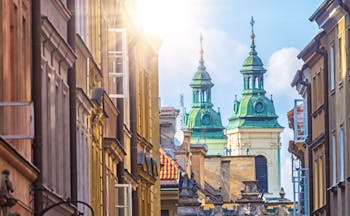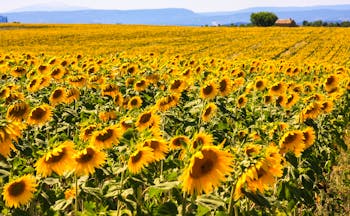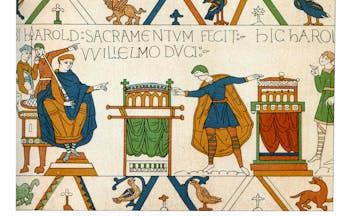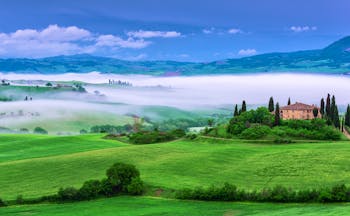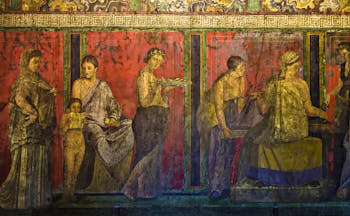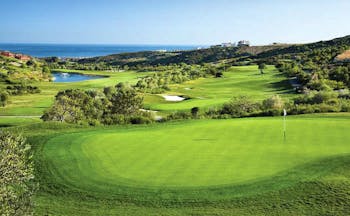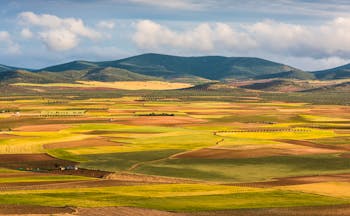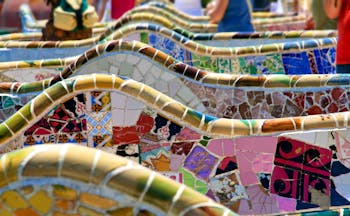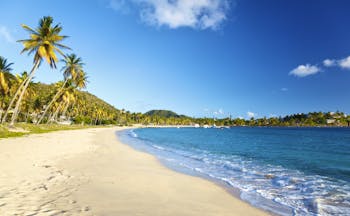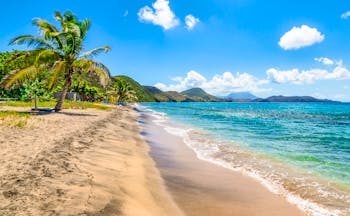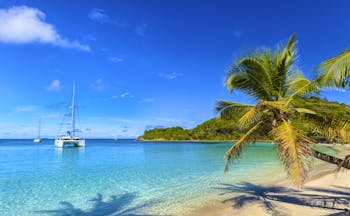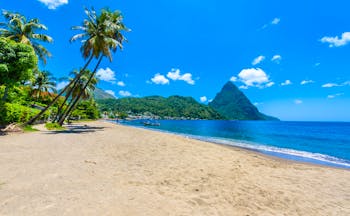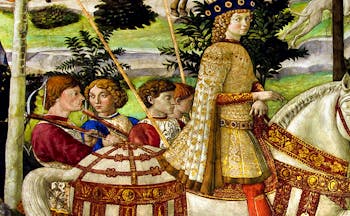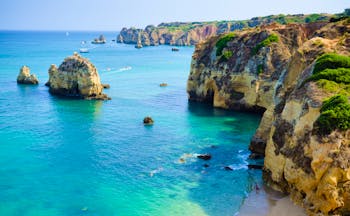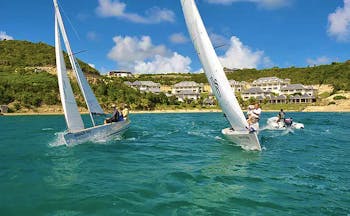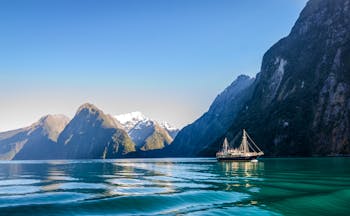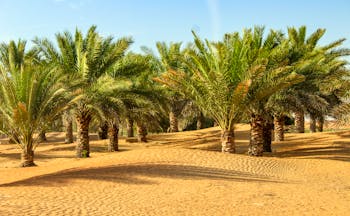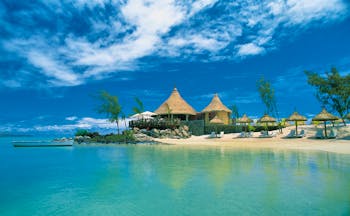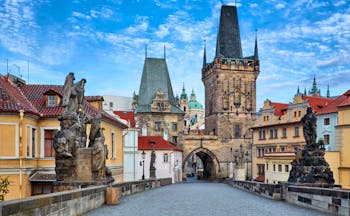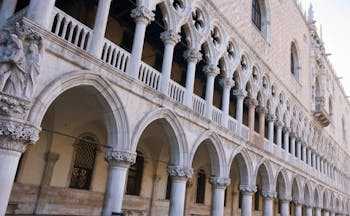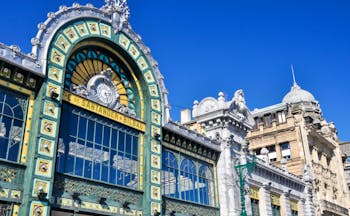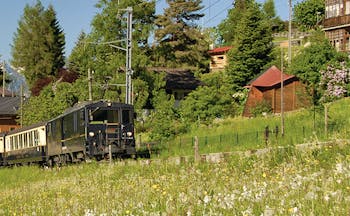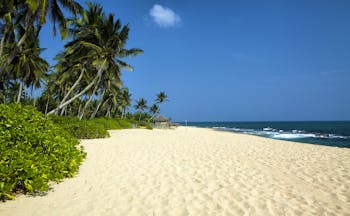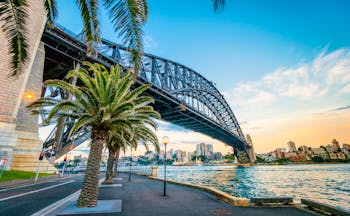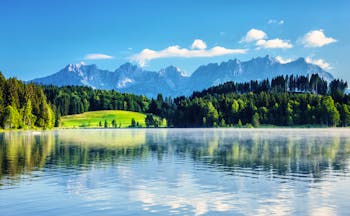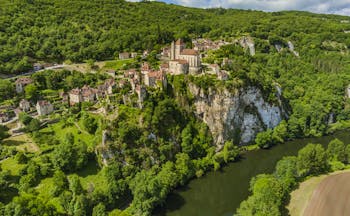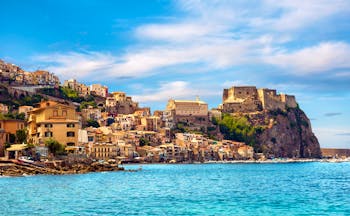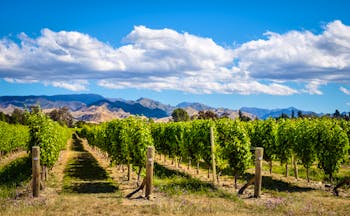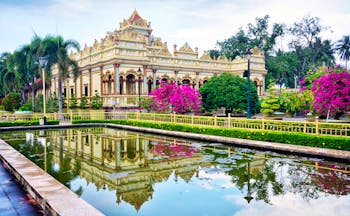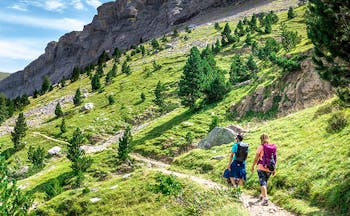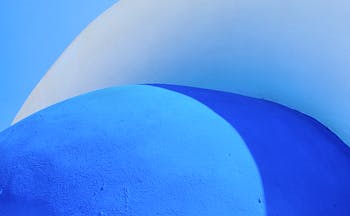Luxury touring holiday by train to Berlin, Dresden, Prague, Krakow and Warsaw
This 13-night luxury touring holiday by train begins with your arrival in Berlin either by air or rail. You spend 3 nights in the German capital, Berlin, which allows you time to discover the plethora of museums, galleries, architecture and gardens that the city has to offer. The momentous events of recent history that Berlin has witnessed are ever-present, from the still obvious socialist architecture of Alexanderplatz, the old crossing point of Checkpoint Charlie, the Holocaust Memorial, the Soviet War Memorial and Bebelplatz where books were burned in 1933. Berlin is a vast and imposing city. Dresden, the capital of the state of Saxony, is rich in history and is easily explored on foot or by bicycle. Having recovered from wartime damage, Dresden is full of art and culture blending modern architecture with historical buildings. Highlights of your visit to Dresden should be the Zwinger palace, inspired by Versailles, and housing Old Masters and a famous collection of Dresden porcelain. The Frauenkirche is a magnificent Baroque Protestant church, rebuilt after destruction in the Second World War. From Dresden you proceed south to the Czech capital, Prague. You have two full days to explore Prague’s charming and cobbled lanes. Cultural highlights include Charles Bridge, Prague Castle and Old Town Square. From Prague, a direct 7-hour train takes you to Krakow in Poland. Here you have two full days to explore the appealing old town and stunning Wawel Castle – the city’s historic centrepiece. From Krakow, it is a short journey north to Warsaw and time to explore the bustling capital of Poland, discovering the reconstructed Old Town and Royal Castle. Highlights of this important city range from the musical, with Chopin Museum, to the scientific, and the Copernicus Science Centre. The sense of both older and more recent history pervades the city and can be witnessed from the mediaeval cobbled streets of the Old Town, to the 17th Century royal Wilanow Palace, to the Soviet landmark Palace of Culture and Science, and the Museum of the Warsaw Uprising of 1944. Return to London by air.
Highlights
Berlin • Dresden • Prague • Krakow • Warsaw
Day by day
Begin your holiday by travelling to Berlin by air or by rail. If you opt to travel by rail, you catch an early morning Eurostar from London to Brussels. After a change of trains in Brussels, carry on to Cologne, where you will change trains once more before arriving in Berlin in the evening. Check in to your hotel for 3 nights.
You have two days to explore Berlin at your leisure. Berlin has a fascinating history stretching back hundreds of yours although it is really for its more recent history that it is best known. Berlin has been at the epicentre of two world wars and the Cold War in the course of the 20th Century and is now the capital of a re-united Germany. Its rich history means that there is a vast amount to discover. Major attractions include The Reichstag, German Parliament, which was built in the 19th century and destroyed in 1933 and Brandenburg Gate, which was inspired by the Acropolis in Athens, and at the head of the long boulevard, Unter den Linden (named after the rows of linden trees planted almost 400 years ago). Your second day in Berlin might want to be spent visiting Museum Island, where 5 museums are located. These include the Pergamon Museum which houses 3 separate collections; the Museum of Antiquities (from Greece and Rome), the Museum of Near Eastern Antiquities and the Museum of Islamic Art as well as Neues Museum which hosts Egyptian and prehistoric items. Apart from all of the museums that the city has to offer, Berlin is also home to one of the oldest zoos in Germany situated in Tiergarten park. Why not take a stroll by the Landwehr Canal which is seven miles in length which will take you through some of the cities sights including Kreuzberg’s café-lined embankments and part of Tiergarten Park. Berlin is a very large city and covers an area of just under 900 sq kms.
After 3 nights in Berlin, depart your hotel and board a direct train to Dresden where you will arrive in under 2 hours. You will have one full day to explore Dresden.
Spend your time in Dresden exploring the palaces and historical buildings that the city has to offer. Dresden has a prominent creative scene and is often hailed as the most attractive city in Germany. For history enthusiasts, a visit to Frauenkirche and Neumarkt Sqaure is a must. The Frauenkirche was rebuilt after World War Two and has become a symbol of reconciliation. A fine example of well-preserved Renaissance architecture is the Residenzschloss (Royal Palace) situated in the historic town centre. Semper Opera House is visually stunning and is the main venue for Dresden’s Saxon State Orchestra. Another architectural gem to visit is the Zwinger Palace. This palace is built in baroque style after the Palace of Versailles and combines architecture, sculpture and painting. Dresden is known for its porcelain and a national collection can be found in the Zwinger.
Check out of your hotel after breakfast and travel by rail from Dresden to Prague. The journey will take just over 2 hours. After departure from Dresden, the train runs along the river Elbe (on the left-hand side of the train as you head south). Look out for river boats and the occasional paddle steamer. The last stop in Germany is the pretty spa town of Bad Schandau and the first stop in Czech Republic is Decin where you can observe the Decin Castle. The river views continue as the train runs along the river Vlatava. On the approach to Prague, you may be able to spot Prague’s old town cathedral towers in the distance.
You have two full days in Prague to take in the city’s cultural highlights. Take a stroll across Charles Bridge as it spans the River Vltava and links the old town with the Mala Strana (lesser or little town) and continue uphill towards Prague Castle, one of the city’s most popular sights. St Vitus Cathedral is near to the castle and can be seen from around the city. Spend another day exploring Prague’s old town where you can enjoy Old Town Square, the Astronomical Clock (dating from 1410 and the oldest astronomical clock in the world that is still working) and Wenceslas Square. Prague enjoys a cultural reputation of immense stature in Europe and there are numerous opera and concert performances that can be booked. Unique to Prague is the Laterna Magika where classical principles of non-verbal theatre mingle with dance, film images and black light theatre.
Leave Prague behind you and board a direct train to Krakow mid-morning. This is an all-day journey arriving into Krakow late afternoon. You have three nights in Krakow.
Unlike other parts of Eastern Europe, Krakow escaped destruction in WWII which means the city enjoys enchanting streets and buildings dating back to mediaeval times. The highlight of the city is the striking Wawal Castle situated on Wawel hill, just south of the Old Town. Popular attractions to visit include the State Rooms and the Royal Private Apartments as well as visiting Wawel Catherdral, the coronation and burial place for Polish royalty for four centuries. Your second day in Krakow gives you the chance to explore south of the castle where you can find Kazimierz, the former Jewish quarter, which is home to bars and shops. In the Old Town, explore Rynek Glówny (Main Market Square) which features the 15th century Town Hall Tower which you can climb. If you would like to explore further afield, why not visit Wieliczka Salt Mine or take a train to Auschwitz (Oswiecim) which takes around 1 hour 40 minutes.
After 3 nights in Krakow, leave the city behind departing on a direct train to Warsaw. You will arrive in just under 2 hours 30 minutes. Check in to your hotel in Warsaw for two nights.
Warsaw is divided by the Vistula River and the majority of historic attractions are situated on the left-bank of the city. Here you will find the Old Town which was completely rebuilt after the Warsaw Uprising of 1944. We recommend visiting King Sigismund’s Column on Plac Zamkowy as well as the neo-Gothic cathedral of St John the Baptist. Old Town Square is lined with pretty coloured houses and typical polish eateries. Another place of interest is the Royal Castle, a former residence of Polish Royalty from the 16th – 18th centuries and rebuilt after its destruction in WWII. We also suggest a stroll along the Vistula River and to admire the views from the top of the Palace of Culture and Science. There are also various museums of interest which include the Historical Museum of Warsaw, the Museum of Warsaw Uprising and the Chopin Museum.
On the final day of your holiday, travel back to the UK by air from Warsaw.
My daughter and I had a fabulous time on our holiday. The hotels were all spectacular in their different ways, the train journeys were exciting and gorgeous scenery and the organisation from the various rail networks was spot on.Mrs B, June 2022
Holiday price guide From £2,990 per person based on two people sharing a double room and including for second class rail travel. First class supplement about £360 per person.
Holiday Code EEBR05
Call us on 01392 441245
Luxury touring holiday by train to Berlin, Dresden, Prague, Krakow and Warsaw
Begin your holiday by travelling to Berlin by air or by rail. If you opt to travel by rail, you catch an early morning Eurostar from London to Brussels. After a change of trains in Brussels, carry on to Cologne, where you will change trains once more before arriving in Berlin in the evening. Check in to your hotel for 3 nights.
You have two days to explore Berlin at your leisure. Berlin has a fascinating history stretching back hundreds of yours although it is really for its more recent history that it is best known. Berlin has been at the epicentre of two world wars and the Cold War in the course of the 20th Century and is now the capital of a re-united Germany. Its rich history means that there is a vast amount to discover. Major attractions include The Reichstag, German Parliament, which was built in the 19th century and destroyed in 1933 and Brandenburg Gate, which was inspired by the Acropolis in Athens, and at the head of the long boulevard, Unter den Linden (named after the rows of linden trees planted almost 400 years ago). Your second day in Berlin might want to be spent visiting Museum Island, where 5 museums are located. These include the Pergamon Museum which houses 3 separate collections; the Museum of Antiquities (from Greece and Rome), the Museum of Near Eastern Antiquities and the Museum of Islamic Art as well as Neues Museum which hosts Egyptian and prehistoric items. Apart from all of the museums that the city has to offer, Berlin is also home to one of the oldest zoos in Germany situated in Tiergarten park. Why not take a stroll by the Landwehr Canal which is seven miles in length which will take you through some of the cities sights including Kreuzberg’s café-lined embankments and part of Tiergarten Park. Berlin is a very large city and covers an area of just under 900 sq kms.
After 3 nights in Berlin, depart your hotel and board a direct train to Dresden where you will arrive in under 2 hours. You will have one full day to explore Dresden.
Spend your time in Dresden exploring the palaces and historical buildings that the city has to offer. Dresden has a prominent creative scene and is often hailed as the most attractive city in Germany. For history enthusiasts, a visit to Frauenkirche and Neumarkt Sqaure is a must. The Frauenkirche was rebuilt after World War Two and has become a symbol of reconciliation. A fine example of well-preserved Renaissance architecture is the Residenzschloss (Royal Palace) situated in the historic town centre. Semper Opera House is visually stunning and is the main venue for Dresden’s Saxon State Orchestra. Another architectural gem to visit is the Zwinger Palace. This palace is built in baroque style after the Palace of Versailles and combines architecture, sculpture and painting. Dresden is known for its porcelain and a national collection can be found in the Zwinger.
Check out of your hotel after breakfast and travel by rail from Dresden to Prague. The journey will take just over 2 hours. After departure from Dresden, the train runs along the river Elbe (on the left-hand side of the train as you head south). Look out for river boats and the occasional paddle steamer. The last stop in Germany is the pretty spa town of Bad Schandau and the first stop in Czech Republic is Decin where you can observe the Decin Castle. The river views continue as the train runs along the river Vlatava. On the approach to Prague, you may be able to spot Prague’s old town cathedral towers in the distance.
You have two full days in Prague to take in the city’s cultural highlights. Take a stroll across Charles Bridge as it spans the River Vltava and links the old town with the Mala Strana (lesser or little town) and continue uphill towards Prague Castle, one of the city’s most popular sights. St Vitus Cathedral is near to the castle and can be seen from around the city. Spend another day exploring Prague’s old town where you can enjoy Old Town Square, the Astronomical Clock (dating from 1410 and the oldest astronomical clock in the world that is still working) and Wenceslas Square. Prague enjoys a cultural reputation of immense stature in Europe and there are numerous opera and concert performances that can be booked. Unique to Prague is the Laterna Magika where classical principles of non-verbal theatre mingle with dance, film images and black light theatre.
Leave Prague behind you and board a direct train to Krakow mid-morning. This is an all-day journey arriving into Krakow late afternoon. You have three nights in Krakow.
Unlike other parts of Eastern Europe, Krakow escaped destruction in WWII which means the city enjoys enchanting streets and buildings dating back to mediaeval times. The highlight of the city is the striking Wawal Castle situated on Wawel hill, just south of the Old Town. Popular attractions to visit include the State Rooms and the Royal Private Apartments as well as visiting Wawel Catherdral, the coronation and burial place for Polish royalty for four centuries. Your second day in Krakow gives you the chance to explore south of the castle where you can find Kazimierz, the former Jewish quarter, which is home to bars and shops. In the Old Town, explore Rynek Glówny (Main Market Square) which features the 15th century Town Hall Tower which you can climb. If you would like to explore further afield, why not visit Wieliczka Salt Mine or take a train to Auschwitz (Oswiecim) which takes around 1 hour 40 minutes.
After 3 nights in Krakow, leave the city behind departing on a direct train to Warsaw. You will arrive in just under 2 hours 30 minutes. Check in to your hotel in Warsaw for two nights.
Warsaw is divided by the Vistula River and the majority of historic attractions are situated on the left-bank of the city. Here you will find the Old Town which was completely rebuilt after the Warsaw Uprising of 1944. We recommend visiting King Sigismund’s Column on Plac Zamkowy as well as the neo-Gothic cathedral of St John the Baptist. Old Town Square is lined with pretty coloured houses and typical polish eateries. Another place of interest is the Royal Castle, a former residence of Polish Royalty from the 16th – 18th centuries and rebuilt after its destruction in WWII. We also suggest a stroll along the Vistula River and to admire the views from the top of the Palace of Culture and Science. There are also various museums of interest which include the Historical Museum of Warsaw, the Museum of Warsaw Uprising and the Chopin Museum.
On the final day of your holiday, travel back to the UK by air from Warsaw.
My daughter and I had a fabulous time on our holiday. The hotels were all spectacular in their different ways, the train journeys were exciting and gorgeous scenery and the organisation from the various rail networks was spot on.Mrs B, June 2022
Holiday price guide From £2,990 per person based on two people sharing a double room and including for second class rail travel. First class supplement about £360 per person.
Holiday Code EEBR05
Our prices include
● Rail travel from London to Berlin and flight from Warsaw to the UK
● Second-class/standard class travel on all trains (first and standard premier on Eurostar at a supplement)
● Accommodation in a double or twin room based on two people sharing with
● 3 nights’ bed and breakfast in a Classic double room at Hotel de Rome, Berlin
● 2 nights’ bed and breakfast in a Comfort double room at the Bulow Palais Hotel, Dresden
● 3 nights’ bed and breakfast in a Standard double room at the Hotel BoHo, Prague
● 3 nights’ bed and breakfast in a Double room at the Hotel Amadeus, Krakow
● 2 nights’ bed and breakfast in a Double room at the Hotel Polonia Palace, Warsaw
● Concierge service and Expressions Holidays regional helpful hints
Our prices do not include
● Early check-in or late check-out at any hotels (although we can arrange this on request at additional cost)
● Any other services not mentioned above, such as transfers and meals except breakfast at hotels
● Personal holiday insurance. This is essential and cover should be in place from when you book the holiday.
● Local tourist tax, usually between Euros/Czech koruna/Polish zloty 1 and 3 per person per night, and payable locally to the hotel
● Transfers in any cities. We recommend taking a taxi to your hotel for speed and cost.
● Flight from UK to Berlin if you prefer to fly to the first stop
Call us on 01392 441245
Luxury touring holiday by train to Berlin, Dresden, Prague, Krakow and Warsaw
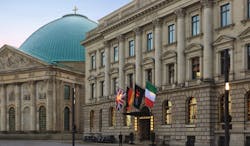
The Hotel de Rome Berlin is a prestigious 5-star hotel in an excellent central location. Delicious Italian cuisine, luxury spa facilities and beautiful rooftop terrace make it an ideal spot to recuperate after enjoying the delights of Berlin.
Classic double room
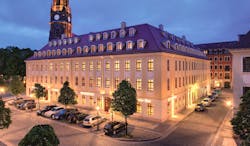
Hotel Bülow Palais is a super five-star Relais & Chateaux hotel that offers a unique style with excellent dining and spa facilities. Located in the centre of Dresden, this hotel is a luxurious retreat after exploring the city.
Comfort double room

BoHo Prague Hotel is a 4-star sophisticated boutique hotel located in the heart of historic Prague. The rooms are very comfortable, with excellent bathrooms. There is a cosy lounge, bar and restaurant. The hotel is within easy walking distance of all the main sights in Prague.
Standard double room
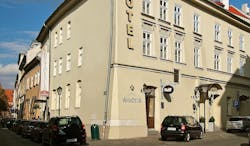
The Hotel Amadeus is an elegant and charming four-star in an excellent location for exploring Krakow.
Double room

The Polonia Palace Hotel is a modern and sophisticated 4-star hotel in an excellent central location. Modern Polish cuisine, soothing wellness facilities and stylish, comfortable accommodation in a historic atmosphere make this an indulgent retreat from the bustle of Warsaw.
Double room
My daughter and I had a fabulous time on our holiday. The hotels were all spectacular in their different ways, the train journeys were exciting and gorgeous scenery and the organisation from the various rail networks was spot on.Mrs B, June 2022
Holiday price guide From £2,990 per person based on two people sharing a double room and including for second class rail travel. First class supplement about £360 per person.
Holiday Code EEBR05
Call us on 01392 441245
Luxury touring holiday by train to Berlin, Dresden, Prague, Krakow and Warsaw
About Czech Republic
An Expressions tailor-made holiday to Prague will capture the imagination of tourist, particularly during the winter months, when it becomes something of a sublime, icy wonderland. Its streets tell of magnificent dynasties, impressive battles, and a warm and welcoming culture that is ever-evolving. But this interest extends beyond the Czech Republic's capital, into the towns and cities beyond, with their colourful buildings and majestic squares, and the Gothic castles and chateaux that keep watch over the hillsides. Despite the emerging innovation of the Czech Republic's food scene and the modern, urban twist to the cities, this is a country that is firmly rooted in long-standing tradition and folklore. South Bohemia is the best place to experience this, with the plentiful summer festivals that take over towns such as Cesky Krumlov. Ancient traditions take to the streets once more, and the locals enjoy wonderful Czech food, music, and entertainment. One of the country's more famous exports is its beer. Urquell, Budvar, and Staropramen are just some of the names that visitors may recognise. Alongside the increase in gourmet restaurants and eateries across the country, there has been a return to tradition brewing methods and establishments, meaning that a visit to a Czech pub is essential whichever town you stop in. Whether you are drawn in by the history of the country, or attracted by the prospect of sampling Czech cuisine, we are able to offer tailor-made holidays to suit every traveller.
Highlights of the Czech Republic
Just under 20 miles out of the centre of Prague is the 14th century Castle Karlstejn. This Gothic fortress was once home to the Holy Roman Emperor Charles IV. Moulding to the shape of the hillside, it is split across three terraces, each relating to a different level of importance; at the bottom is the Imperial Palace, then the Marian Town, and finally the Big Tower at the top. The Big Tower was left vacant for God, with just a chapel inside, while the Empress lived in the Marian Tower, and the Emperor and Knights lived in the Imperial Palace. For an authentic taste of traditional Bohemia, head to Cesky Krumlov, situated further along the Vltava River. The town itself has been brilliantly preserved since the 18th century, with terracotta roofs, cobblestone streets, brightly coloured walls, and a stunning Bohemian Castle. The main pleasure of this town comes from simply wandering along its picturesque streets, stopping in local restaurants and cafes for some of the local food. To the east of Prague, is Kutna Hora, a town that began as a Bohemian monastery in the 12th century. The surrounding mountains were rich with silver, which lead the town to flourish. Today, Gothic buildings from a time of German rule are set beside a five-naved cathedral, the Italian Court Royal Residence, the Stone Haus, and the St Barbaras Church, all of which add a further dimension to a trip to the Czech Republic. Built around a hot spring reputed to have healing properties in western Czechia is Karlovy Vary. The colour and quaintness of this town is almost unparalleled across the country. The ice cream colours of each of the houses are brought to life by the dense forested areas all around. The highlights of this town, however, are its opulent spas, first commissioned by Charles IV. Many of these buildings were in part destroyed in the 18th and 19th centuries, but one prominent spa remains, dating back over six centuries. In the south-east of the country, your cultural and geographical exploration will continue, be it in the stunning underground caves and gorges of the Moravian Karst or in the waterside Renaissance palace at Telc.
Cultural highlights of the Czech Republic
One of Europe's most popular cities, Prague is the Czech Republic's capital city. Clustered around the banks of the Vltava River, Prague is also the capital of the historic and charming region of Bohemia, and was once the seat of the Roman Empire. Its streets are rich in both Gothic and Renaissance architecture, the balance of which gives it its unique, enchanting atmosphere. The Charles Bridge is one of its most popular attractions and has crossed from Old Town into Lesser Town for over 600 years. As well as bustling with pedestrians, the Charles Bridge is the workplace of many musicians, artists, and vendors. Prague is a city of many squares, but none are more impressive than the Old Town Square, lined with magnificent townhouses that demonstrate everything from Rococo to Romanesque architecture. From here, you can appreciate the Tyn Cathedral, the St Nicholas Church, as well as the Old Town Hall. On the horizon is Prague Castle, which sprawls out across the city's highest point. Once a wooden fortress, it now encompasses the St Vitus Cathedral, a basilica, a monastery, beautiful gardens, and royal stables. For those looking for something slightly off the beaten path, it is worth seeking out the house in which Kafka lived, as well as the peaceful cemetery in which he was buried.
Facts in brief
Capital PragueAirport Prague-Ruzyne
Size 78,865km²
Population 10 million
Call us on 01392 441245
Luxury touring holiday by train to Berlin, Dresden, Prague, Krakow and Warsaw
About Germany
An Expressions tailor-made holiday to Germany enables travellers to experience a fascinating and richly varied country. Germany is replete with regional quirks and personalities - a strong feature of German life and a hangover from the days, not too long ago, when the country was once a patchwork of independent states. Today, to travel from the ancient ports of the north, across the open fields of the German plain, and down through the Ruhr and onto the forests, mountains and cosmopolitan cities of Germany’s Bavarian south, you’ll experience an intriguing variety as great – and appealing – as you’d find anywhere else in Europe. Several of Germany’s cities have the air of national capitals. Cologne, though enmeshed in one of Europe’s most intensively industrialised regions, is rich in monuments. Bavaria’s capital, Munich, is another star attraction, with great museums and galleries. Berlin, the nucleus of the turmoil of reunification, is now one of the most sophisticated, artistic and exciting cities on the planet, while Nuremberg is thrillingly ancient, with the most charming of winter markets in the 11th century square, and summer festivals when the cobbled streets come alive with street artists and musicians. Scattered between these city big-hitters, quieter, utterly charming cities and large towns abound, with medieval old towns straight out of fairy-tale picture books. Heidelberg, the oldest university town in Germany, is an absolute gem, nestling between wooded hills on the banks of the Neckar river, a setting that has seduced visitors ever since the days of the Grand Tour. But from Trier to Bamberg, Marburg to Meissen, Regensburg to Rothenburg, enchanting old towns abound. Beyond Germany’s beautiful cities and towns, the Bavarian Alps, right on Munich’s doorstep, are a spectacular playground for hikers and bikers, horse-riders and skiers. The Rhine and Mosel are both littered with castles and vineyards, offering an enchanting backdrop for the cruise boats that drift serenely along their waters. And stretching more than 100 miles north to south, and 45 miles from east to west, the Black Forest is awash with pretty spa towns and exquisite health resorts, crisscrossed with walking trails. The Black Forest also boasts some of the most spectacular rail journals on the planet. A beautiful, intriguing country vastly at odds with its stiff stereotype, Germany is a wonderful holiday destination for active outdoorsy types and city-breakers alike.
Highlights of Germany
Berlin’s world-class museums, bustling bars, galleries and monuments; Rugen Island, with its rugged chalk cliffs, windswept beaches, Romantic-era spa architecture and tree-lined country roads; Dresden, with its baroque beauty on the banks of the majestic Elbe; Cologne’s magnificent cathedral; the UNESCO World Heritage city of Bamberg; the sandy dunes of Sylt, a North Sea island with fabulous beaches and surf; the beer halls of Munich, ideally in September during the Oktoberfest; Lubeck, a Hanseatic gem; Muritz National Park, where you can go paddling and camping in a paradise teeming with birds; Bremen, a metropolis in miniature, with lovely red-brick and Art Nouveau architecture; the Alpine resorts of Bavaria, including Berchtesgaden, with dramatic peaks, dreamy lakes and superb walking trails; drive or cruise along the Rhine or Mosel, visiting castles, medieval villages and superb vineyards along the way; the walled medieval towns of Rothenburg and Trier, both with wonderful Christmas markets; the Christmas market at Nuremberg, oldest – and still most picturesque – in the world.
Facts in brief
Capital BerlinAirport Several airports are served from the UK, including Berlin, Bremen, Cologne-Bonn, Dortmund, Dresden, Dusseldorf, Frankfurt, Hamburg, Hannover, Stuttgart and Munich.
Size 137,000 sq. miles
Population 82 million
Call us on 01392 441245
Luxury touring holiday by train to Berlin, Dresden, Prague, Krakow and Warsaw
About Poland
The history of Poland, as we know it today, began in the 10th century. Since then, the country has become a melting pot of key cultures, religions, and key moments in history, thanks in part to its many neighbours. There are stories, both ancient and modern, to be told in every corner, from the Tatras mountaintops, to the Masurian lakes and the Bialowieza Forest. The main cities are clusters of monuments, museums, synagogues under faithful restoration, and impressive buildings that reflect Gothic, Renaissance, Baroque, and Art Nouveau architecture. Outside these cities, Poland is a country of immense natural beauty. The sense of space, scale, and solitude is rivalled only by the likes of Switzerland. Flat plains are broken on the horizon by low, gentle mountains dotted with mediaeval ruins and Teutonic fortresses of red-brick. In the Carpathian Hills, picturesque wooden churches are found via winding hiking paths that then take you on into rich forest and past sublime rivers. In the north, lakes joined together by rivers and waterways make for fantastic canoeing trips for those prepared to make the excursion. The landscape lends itself to outdoor exploration and sports, while the cities bring you back to the layers of cultural history that ripple across Europe.The cuisine in Poland is best described as hearty, wholesome home-cooking. Popular local ingredients include pork, mushrooms, and beetroot, with regions specialising in duck, goose, and trout. Cosy restaurants in traditional buildings exist alongside fine-dining establishments, meaning there is something for every taste. It is, however, the bakeries, patisseries, and desserts that really stand out in Polish cuisine. You are never far from apple strudel, fruit-filled dumplings, and the ‘lody’ Polish ice cream.
Highlights of Poland
Outside of the main cities, Poland still has plenty to offer. One of the most popular sites is the Wieliczka Salt Mine, a UNESCO World Heritage Site since 1978. The mine is comprised of underground tunnels and chambers and saline lakes. Religious chambers, where the natural stone walls are left exposed, are lit by chandeliers, giving them an ethereal feel. To see one of the castles of the Teutonic Knights, we would recommend the 14th century Malbork Castle, just south of Gdansk in the north. Its typically red walls, archways, and roofs are archetypal of the Teutonic style. Inside, you can view a huge collection of mediaeval artefacts, classical paintings, and a stunning amber collection.
Warsaw Highlights
Warsaw, Poland's capital, offers the best sense of energy of the larger cities. Colourful, tall buildings peer down on the Old Town Square, while the extensive use of bright red brick and red terracotta tiles adds a warmth that isn't often felt in other European capitals. The city almost met with its destruction at the end of the Second World War, but its survival meant the preservation of countless historical monuments that tell the story of the likes of Chopin as well as the tragedy of the Jewish communities. The Palace of Culture & Science is, as the name suggests, too formidable to be called a museum, while the Museum of the History of Polish Jews juxtaposes its intense, emotional exhibits with a sheer, modern exterior style that crops up every now and then elsewhere around the city. A must-see in Warsaw is the Royal Castle, a huge brick structure that almost seems too vast, once home to the Russian tsars and originally the wooden stronghold of the Dukes of Mazovia. The traditional, yet understated, exterior of the Chopin Museum, housed in the Ostrogski Palace, hides a multi-media, high-tech insight into the composer's life and works. Finish your exploration of the city with a wander through the amphitheatre, palace, and manicured lawns of the Lazienki Park. After dark, lively bars and restaurants keep the magic alive into the small hours.
Krakow Highlights
South of Warsaw is the mediaeval city of Krakow, still with its well-preserved Old Town and mediaeval walls. Krakow is known for its sensational architecture, captured by its spired churches, synagogues, and castles. Each street, even the quieter alleyways, have their own type of perfection, in their design and their atmosphere. The 13th century Rynek Glowny is Europe's largest market square. The character of the city really comes into its own in Kazimierz, the old Jewish Quarter, where you can find an abundance of quirky restaurants, bars, and boutique shops. The crowning glory of the city, however, is indisputably the Wawel Royal Castle. The castle has become a well-recognised symbol for the country's national identity, and now pays testament to this with its endless exhibits: the Crown Treasury, the Royal Private Apartments, and its Exhibition of Oriental Art. The highlight of this castle has to be wandering around its grounds, admiring the intricacy of each element of its design, the myriad domes, and its irregular form.
Gdansk Highlights
A port city on the Baltic Coast, Gdansk is a city that was partially reconstructed after the Second World War. It still hugs the shores of the river, with beautiful multi-storied Long Market at its centre, and bourgeois architecture at every turn. Tall townhouses line the river front, each worth appreciating as much as the view out across the water, and the sea-side feel extends back into the city. Wealthy merchants have left a lasting mark on the city, creating a real sense of opulence and extravagance that has attracted incredible restaurants and bars and entices visitors back year after year.
Facts in brief
Capital WarsawAirport Warsaw Chopin Airport
Size 312,696 km²
Population 38 million

